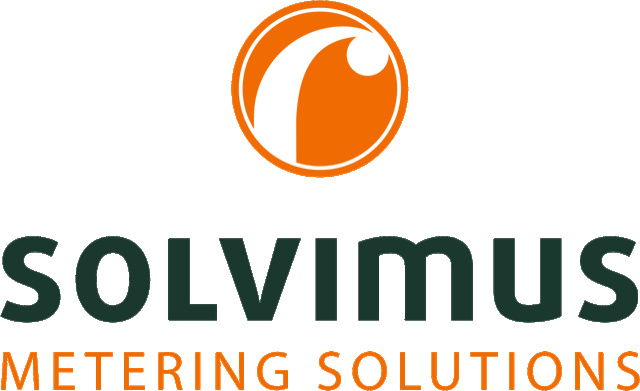You undertake the development – but we’re happy to be a constructive partner in all phases of the project
We love electronics. Solving problems, implementing layouts, optimising and marvelling at the end product is what drives us. These many small components and ramifications that work together in the end – that’s what fascinates us. You surely know the satisfying feeling when a capacitor is positioned differently – saving space once again. Art, creativity, craftsmanship – a dream. That’s why we are always pleased when we receive exciting developments as commissions or are allowed to participate in the development process ourselves. Are you yourself a developer in the field of electronics? Then we have information at a glance here and introduce ourselves as an EMS service provider that does more than just implement plans. Because as a developer, you are an important contact person for us.
We support your development as a service provider
Long-term contact persons for short official channels
We help you put together the right documents
Stencil printer for mass, jet printer for prototypes and 0-series
We never change the developers’ data without being asked to do so
With us you get contract manufacturing – and a service provider who supports and accompanies development
What does that mean? We have made the experience that developers, purchasers, managing directors and also EMS service providers each look differently at an assembly, a circuit board and the future product. It often goes like this:
- A product is developed at your company.
- Your purchasing department receives the plans for the assembly to be fitted.
- Purchasing forwards these plans and development data to us.
- Then we can just write a quote and get started when we have all the info – but sometimes we go back to the end of point 1 together with you. For example, when we notice direct optimisation potential.
But we assemble over 1 million modules a year, both by THT assembly and SMT assembly. We carry out complete assemblies. In a nutshell: We have an eye for PCB assembly and subassemblies. Because we deal intensively with every new project. We know the developers at our customers do excellent work. But we have another look at cost efficiency and the subsequent product. We know where hurdles can arise in the production of a large series. And which assemblies work in theory but could cause problems in practice.
Long-term contact persons for short official channels
A familiar story? Project processes that are delayed on eternally long communication paths over seven corners? We don’t like that at all. That’s why we focus on long-term cooperation with our customers. And that is: We exchange ideas intensively with developers like you. This also means: You know what works. Our technician will also call you, the developer, directly to clarify a question. We sometimes find this more useful than discussing with the “official” contact person or writing an e-mail which is then forwarded (unless you explicitly want this and all the provisions of the ISO standards are not affected by this).
We are happy to help you put together the right documentation for us, your production partner
We need certain data to work. We usually get them from the development department of our customers. Of course, there are also development departments that have not yet gained years of experience in working with PCB assemblers. For example, in start-ups or when companies enter new business fields. We feel privileged to assist these companies and departments. We’re happy to reflect on one or two of your plans again and work with you – to realise the best possible product. After all, what's the best price if the product doesn’t work as planned in the end?
All in all, we need documents in three stages:
- PCB data in intelligent format, preferably ODB++, alternatively IPC-2581 or GenCAD. These formats enable us to process data automatically and without errors. We need them to precisely control PCB production and provide our suppliers with all the relevant information.
- A parts list, also called a “BOM”: Bill of material. All components that are installed on the board are listed on it with the specific manufacturer’s designation and all technical data: Ohm, Watt etc.
- The arrangement of the components on the assembly, the so-called assembly plan. We need it for our pick-and-place machines in PCB assembly.
What information do we need for an assembly enquiry?
The more information we get from you at the start of the project, the better and more efficiently we can start. Items marked with an * are optional. You can find a practical checklist here.
- PCB data preferably in ODB++ format (alternatively IPC-2581 or GenCAD)
- Separate parts list in Excel format, designation of components, component references, manufacturer’s article number*, released alternative components*, available quote prices*
- Assembly plan
- Sample assembly*, gladly also with a photo
- Request quantity, gladly 2-3 quantities, for example: 100 / 500 / 1,000 pieces
- Planned delivery date
- Call-off quantities, one-off or in a framework agreement, usually covering 12 months
Do you need a company that offers more than just assembly?
Then find out more about us here – or contact us directly without obligation. Then we talk about future projects and how we can grow together.
Stencil printer for mass, jet printer for prototypes and 0-series
We have a stencil printer in each of our three SMD production lines. With this process we solder a finished assembly design at very high speed. However, if we have a template made, it costs money. Then the board and the assembly should already be fully developed. With our jet printer, on the other hand, we can also test something without having to get a new stencil straight away.
In addition, the stencil always has only one thickness, unless we order a step stencil – if we need more solder paste on a board in places, we can first apply it with our stencil printer and then add an additional layer of solder paste with the jet printer.
We never change the developers’ data without being asked to do so!
Just to be clear: Of course, we never change the data you send us as a company or developer for an assembly. We always trust that we will assemble a board that works in the end. However, you can also approach us on your own initiative if you feel that you need a second opinion on an assembly.
Passive components in the SMD range
For the trainees and career changers reading here: A passive component does not need an energy source to function. Examples of passive components are capacitors, resistors or diodes.
For the chip design, we have listed the typical enclosure dimensions here. The code according to the EIA standard refers to the inch size (EXAMPLE), the metric code (international “metric code”) to the size in mm (code “0402” then means 0.4 mm length and 0.2 mm width).
Do you have a question that we haven't answered yet? We are happy to talk to you. Call us directly or contact us here, we will be happy to call you back.
“Our products stand for high quality and customised customer solutions. To ensure that our products meet the quality requirements, we need a reliable supplier. And here A+B Electronic, as our strategic long-term supplier, is exactly the right choice. A+B Electronic not only delivers very good quality on time – they also have nice and motivated employees. If a complaint does arise, it is handled professionally and quickly.”
Sebastian Bauer, Technical Managing Director at solvimus GmbH











